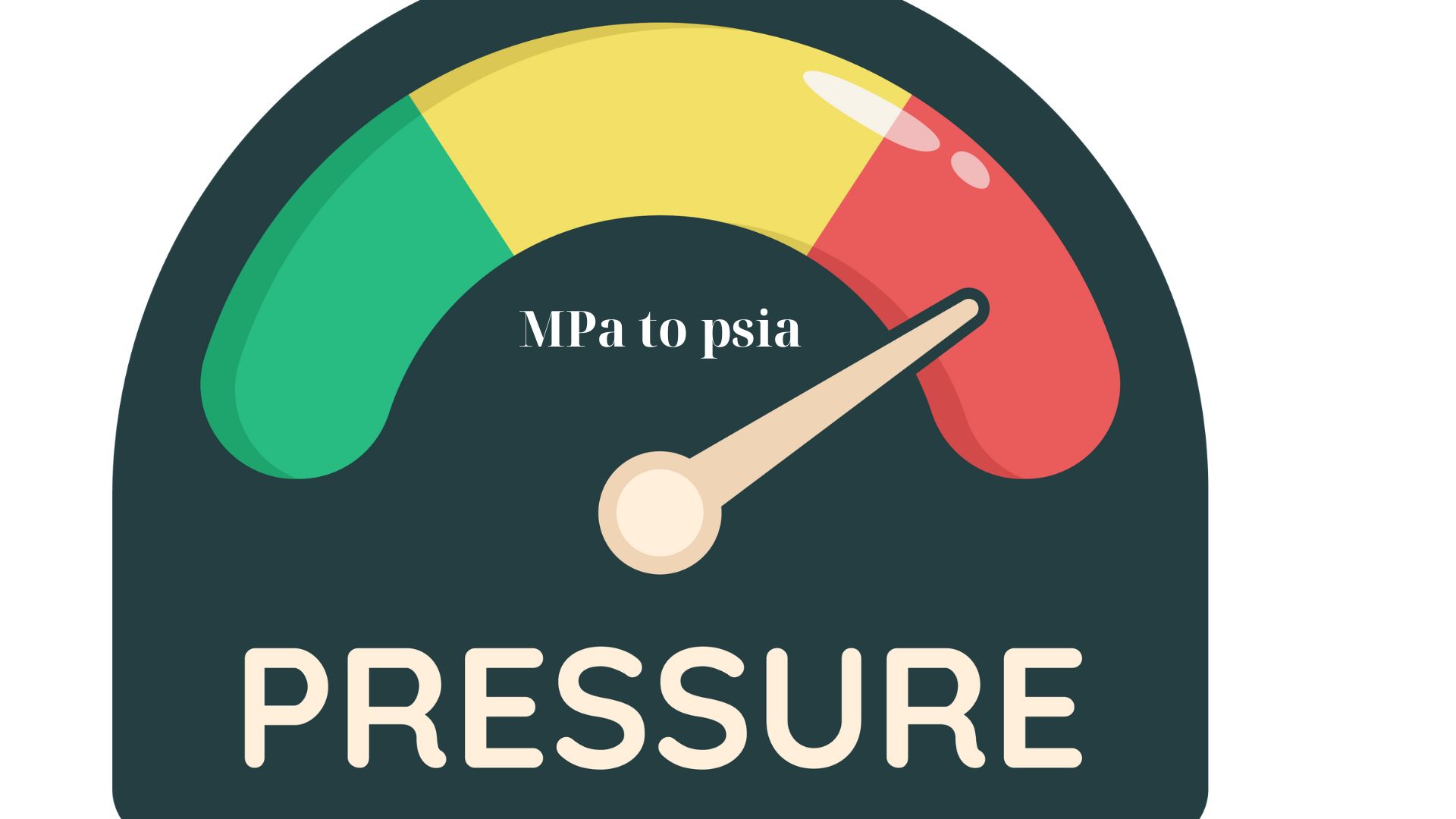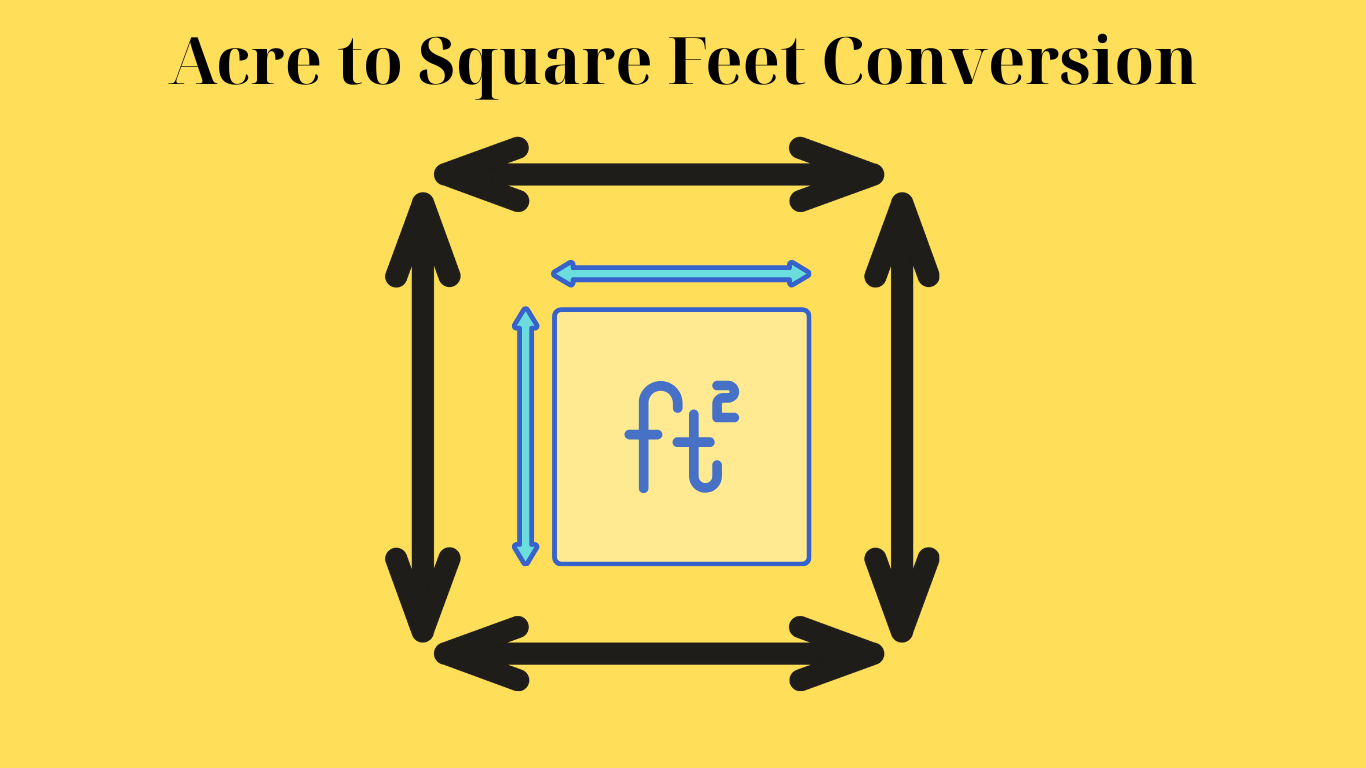II. Understanding the Basics
To master the conversion between meters and feet, it’s important to first understand what each unit represents and how they fit into their respective measurement systems. This foundational knowledge will give context to why conversions are needed and how they are applied in various fields.
A. What Is a Meter?
A meter (m) is the base unit of length in the International System of Units (SI), also known as the metric system. Officially defined by the International Bureau of Weights and Measures, one meter is the distance light travels in a vacuum in 1/299,792,458 of a second. This definition links the unit of length to a universal constant, ensuring its accuracy and reproducibility anywhere in the world.
History of the Meter:
-
Originally introduced in France in the late 18th century.
-
Designed to be one ten-millionth of the distance from the equator to the North Pole along a meridian.
-
Evolved over time from physical standards (such as platinum bars) to light-based definitions.
Usage Examples:
-
The height of a doorway: ~2 meters
-
A swimming pool lane: 25 or 50 meters
-
Olympic track: 400 meters per lap
The meter is the cornerstone of measurement in most of the world, especially in science, engineering, and education.
B. What Is a Foot?
A foot (ft) is a unit of length in the imperial and US customary systems. One foot is defined as exactly 0.3048 meters, making it slightly less than one-third of a meter.
Historical Origin:
-
The foot was historically based on the length of a human foot, which led to inconsistencies in earlier versions of the unit.
-
Standardized in 1959 among English-speaking countries using the international foot (exactly 0.3048 meters).
Usage Examples:
-
A person’s height: 5 feet 9 inches (common in the US)
-
Ceiling height in buildings: typically 8 to 10 feet
-
Altitudes in aviation: measured in feet worldwide
While the foot is no longer part of the metric system, it remains widely used in the US, as well as in sectors like real estate, aviation, and construction across the globe.
C. Comparison Between Meter and Foot
The most important aspect of converting meters to feet lies in their conversion factor:
Key Differences:
-
System: Meter (Metric), Foot (Imperial)
-
Length: 1 meter is longer than 1 foot
-
Common Use: Meter (global), Foot (USA and specific industries)
Understanding this basic relationship makes it easier to perform conversions manually, use reference tables, or apply formulas in tools like Excel and calculators.









